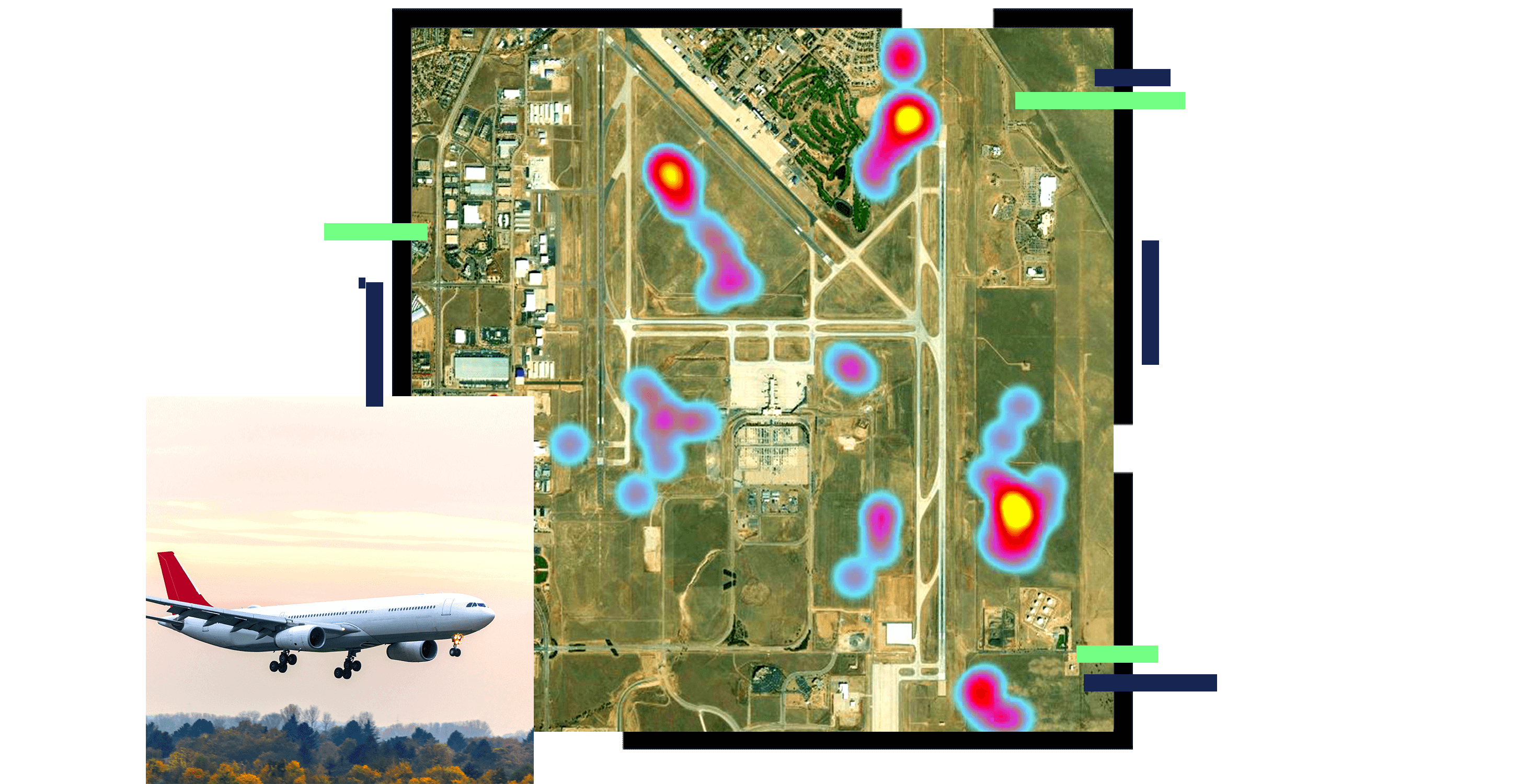Protect wildlife habitat and maximize safety
Understand and adapt operations to minimize the occurrence of human-wildlife incidents, safeguarding wildlife habitat and ensuring safety. Equip field staff with mobile GIS for efficient field data collection. Analyze and report wildlife incidents to aviation authorities for regulatory compliance.






